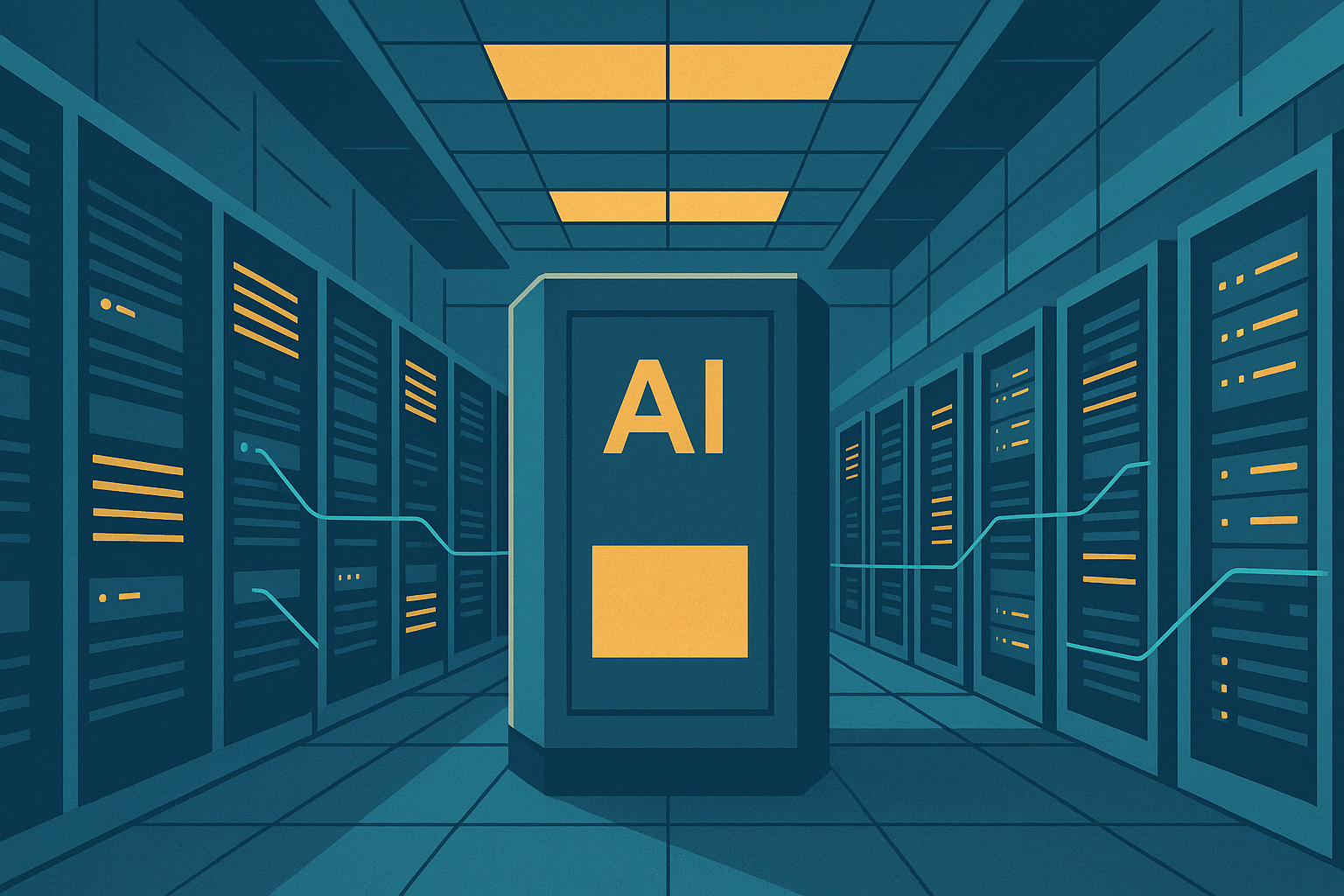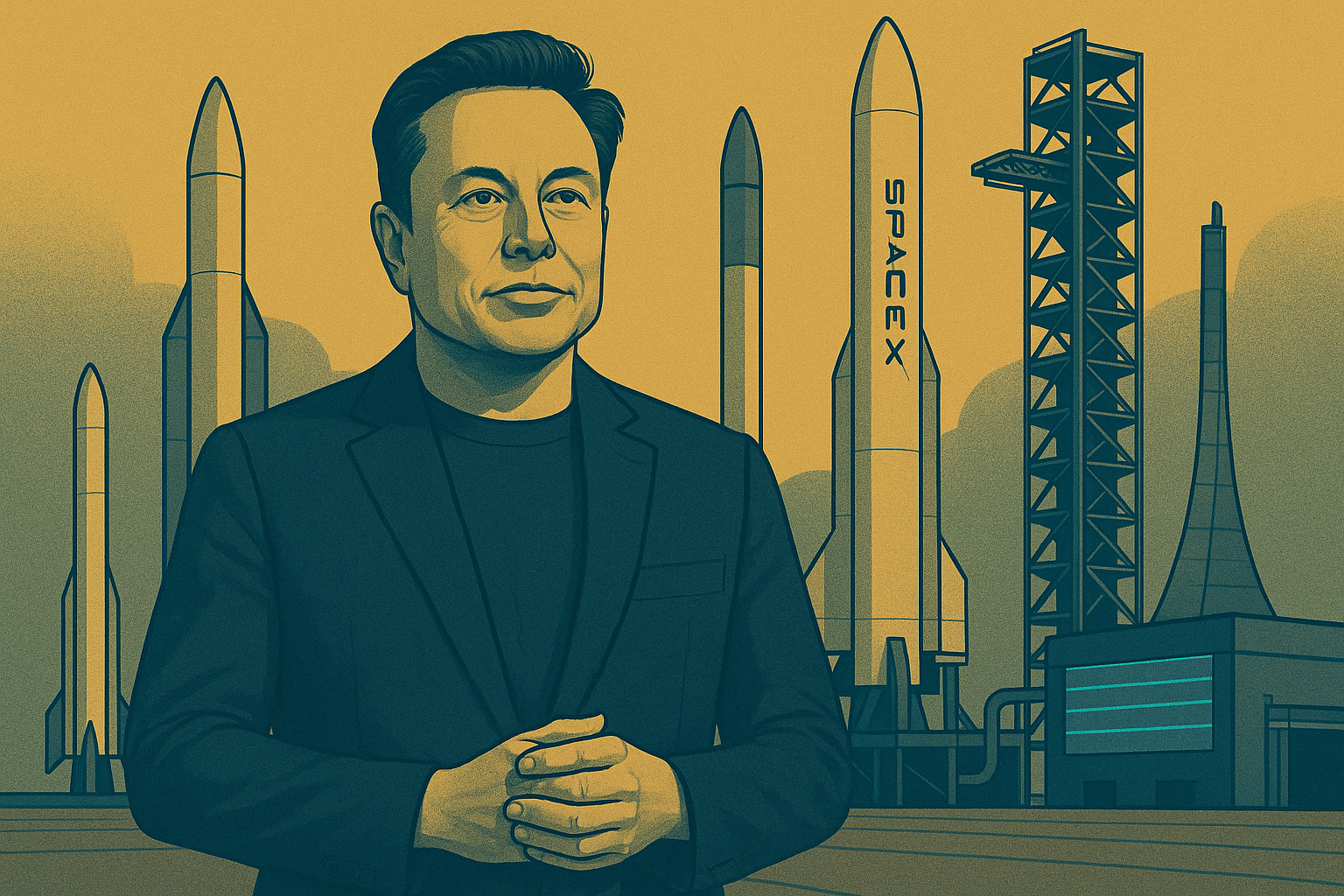Everyone is talking about Artificial Intelligence (AI) and its impact on jobs, the economy, growth and innovation. But this next wave of digital transformation relies upon largely unseen building blocks of digital infrastructure known as data centres. These are the physical buildings that house the computer servers, switches and data storage that are essential not only for AI, but for all the digital services upon which today’s organisations rely. Investing, building, owning and operating these facilities is no longer simply an economic race; today’s geopolitical context means it is imperative that a strategic approach is taken. With concerns around data sovereignty on the rise, Europe’s data centres are not just utilities, but strategic assets essential to economic independence, technological autonomy and long-term competitiveness.
Europe must make bold investments to build and defend this resilience. As the European Data Centre Association noted, as global power dynamics shift and nations compete for technological leadership, Europe’s independence is reliant on its data centre development. Leaders across Europe frequently reiterate the urgent need for investment, yet speed must be balanced with commercial and political insight if it is not to result in fragmented solutions or ‘white elephants.’
Location Matters —
Politically driven conversations focus solely on how much to invest, without asking where and how. Both the UK and EU have proposed to build “AI gigafactories,” as approaches to gain a foothold in the global AI race. This is a promising concept, but care must be taken to avoid seeing investment decisions made on purely political rather than commercial grounds. GigaFactory bids must be assessed for technical, environmental and commercial benefits and authorities must ensure that funds are targeted where they will have the greatest strategic impact.
The UK and Europe are already home to substantial data centre capacity and also benefit from deep technical expertise, and a highly skilled workforce. Crucially, some of the world’s most sustainable data centres operate in the region, something that is increasingly sought after as a result of the introduction of ESG legislation such as the EU’s Corporate Sustainability Reporting Directive (CSRD), that will mandate reporting on carbon consumption.
Data centres located in cooler climates can forgo the need for power-hungry air-conditioning units in favour of natural air cooling. Such temperatures can also enable the implementation of other highly energy efficient infrastructure cooling techniques that essentially enable customers to decarbonise their IT workloads. Building on these foundations and responding to real demand will be deliver more effective leadership for AI in Europe and the UK.
Innovate, don’t replicate —
Independence should not mean conscious decoupling. Hyperscale providers (Microsoft, AWS and Google) bring unmatched scale, security, and innovation – all key for businesses moving to the cloud and adopting AI to drive their businesses. Instead of replacing these we should ensure businesses have real choice. A range of capable providers is essential to avoid lock-in and to provide the bespoke digital services that thrive in a truly competitive market.
What’s needed now is smart investment in strong local providers who create the digital foundations that can power the next phase of AI and cloud growth. Europe has a promising group of “Neo-Cloud” innovators—like 6G AI Sweden, which is developing an AI-focused cloud platform specifically for European customers. These next generation providers are delivering services that businesses can use to accelerate their own growth, innovation and competitive advantage.
Tech trends are cyclical. We saw this in the early 2000s with the outsourcing boom, followed by a return to more insourcing for better control and competitive advantage. A similar pattern is emerging with AI. Today, the fastest way to deploy AI is through public cloud services. But many organisations are already realising the long-term value of bespoke AI models running on private clouds, using their own data. As a result, enterprise AI clouds could become the preferred choice for strategic and sovereign AI deployments.
This level of digital transformation is what will create independence and strategic autonomy across the whole economy. It too depends on available, high performance data centre capacity. Some are ahead of the curve. Opera, the Norwegian privacy-focused browser, hosts its own supercomputer in atNorth’s ICE02 data centre in Iceland. It uses the facility to run its own AI models on its own data, understanding the strategic leverage this gives them.
To meet its digital ambitions and achieve meaningful autonomy, Europe must invest in a digital infrastructure ecosystem that includes sustainable, strategically located and highly efficient data centres. To do so, it must support home-grown innovators, partner wisely with global providers, and anticipate the evolving demands of AI. Success will not come from spending alone, but from making smart, forward-looking choices about what kind of digital future we want—and where we want to build it.

Fredrik Jansson is Chief Strategy and Marketing & Communications Officer at atNorth.




